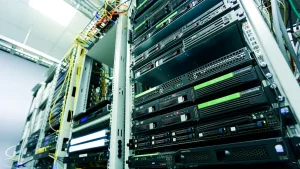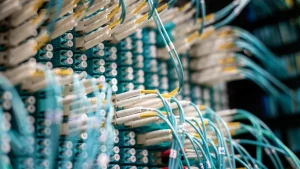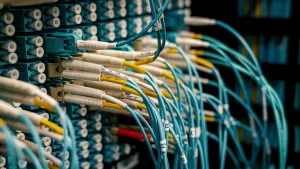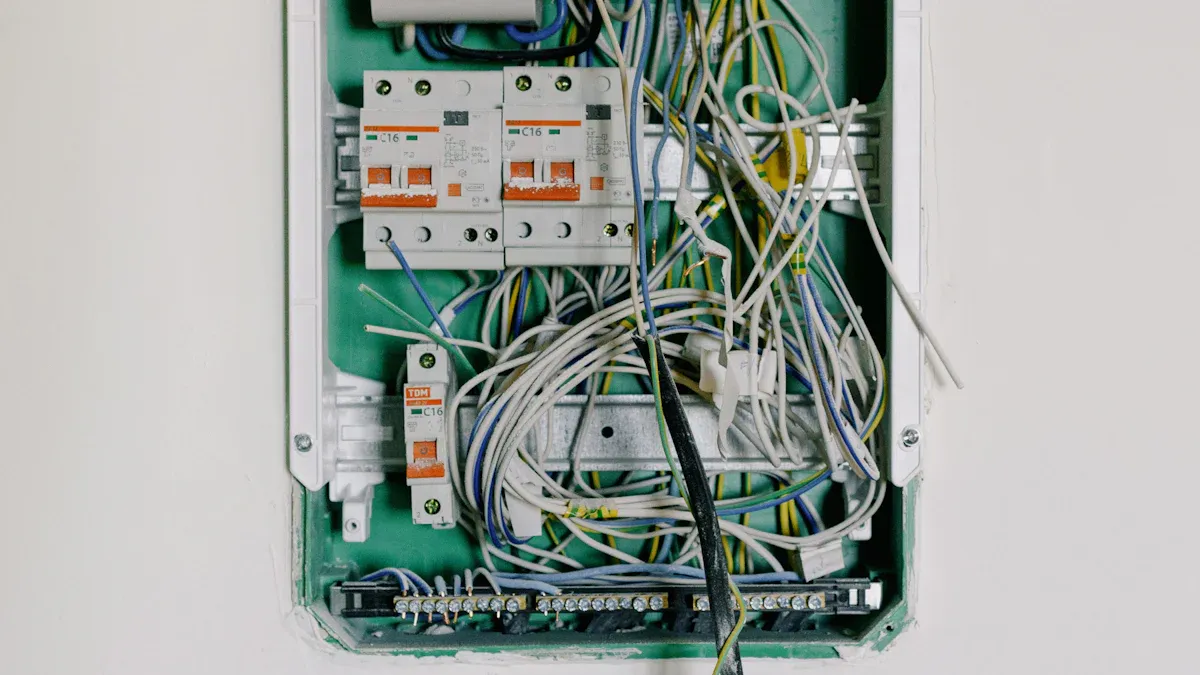
A splitter terminal box serves as a specialized enclosure that manages, splices, and distributes fiber optic cables within modern networks. Industry reports highlight how these boxes enable reliable, scalable broadband delivery by dividing optical signals efficiently, supporting multiple endpoints, and enhancing operational efficiency for advanced network infrastructure.
Key Takeaways
- Splitter terminal boxes organize and protect fiber optic cables while efficiently distributing signals to multiple endpoints, ensuring reliable network performance.
- These boxes support a wide range of modern applications, including smart cities, 5G/6G networks, data centers, and rural broadband, making networks scalable and flexible.
- Their durable design and easy maintenance features help technicians upgrade and expand networks quickly, reducing downtime and costs.
Splitter Terminal Box: Definition and Function
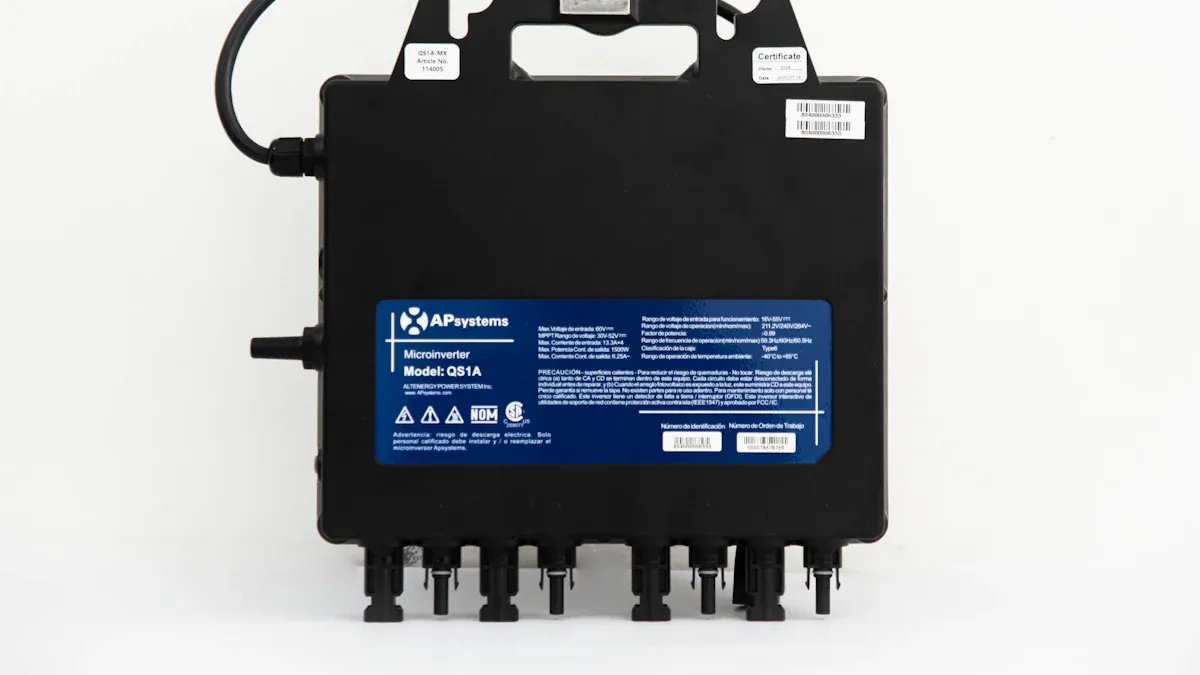
Role in Fiber Optic Networks
A splitter terminal box acts as a central point for managing fiber optic cables. Network engineers use it to organize, splice, and distribute optical fibers efficiently. This enclosure protects delicate fiber connections from environmental hazards and physical damage. It also allows for both mechanical and fusion splicing, which helps maintain signal integrity across the network.
A splitter terminal box often includes features such as multiple cable inlets and outlets, secure locking mechanisms, and space for storing extra fiber. These features make it easier for technicians to perform maintenance and upgrades without disrupting service. The box can accommodate mini PLC splitters, which divide a single optical signal into several outputs. This capability supports the distribution of high-speed internet and data services to multiple users.
Importance in 2025 Network Infrastructure
In 2025, network demands continue to grow due to the expansion of smart cities, 5G and 6G deployments, and the rise of connected devices. The splitter terminal box plays a vital role in meeting these demands. It enables scalable and flexible network designs, allowing providers to add new connections quickly.
A splitter terminal box supports both indoor and outdoor installations, making it suitable for various environments. Its robust construction ensures reliable performance in harsh conditions. As networks evolve, this device remains essential for delivering high-speed, reliable, and future-proof connectivity.
Top 10 Uses of Splitter Terminal Boxes in 2025
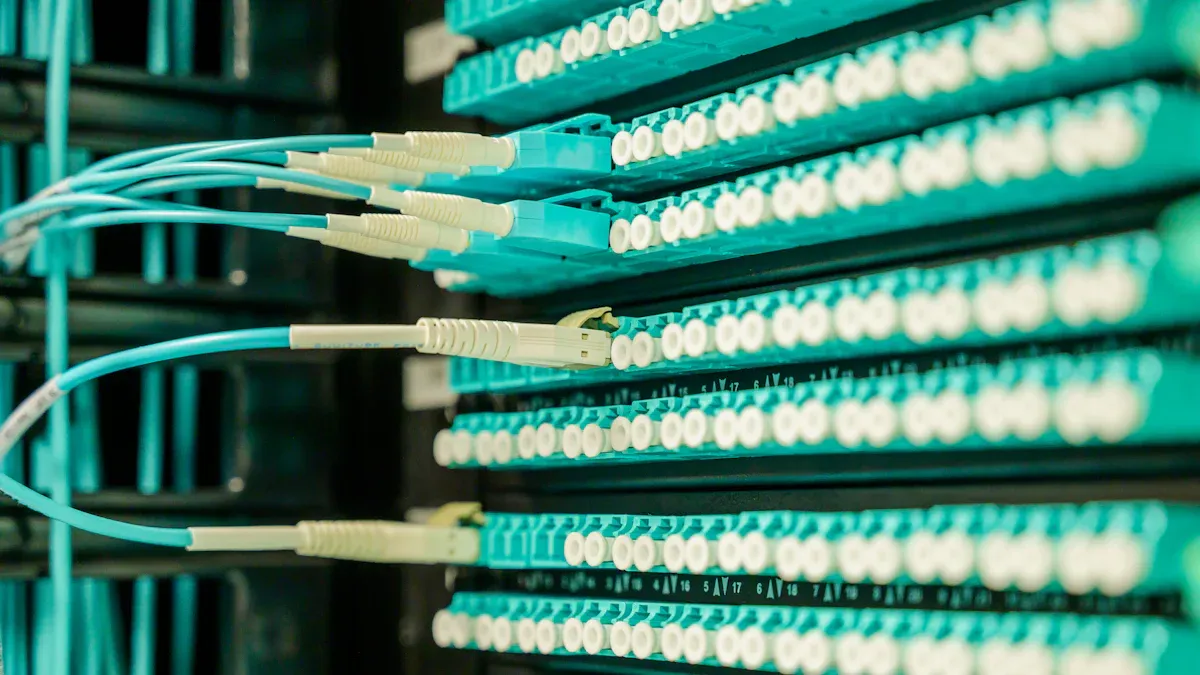
Fiber Optic Signal Distribution
A splitter terminal box serves as a central hub for distributing fiber optic signals to multiple endpoints. Network operators rely on these enclosures to divide a single optical signal into several branches, ensuring efficient use of bandwidth. This approach supports high-speed internet access for homes, businesses, and public facilities. The box protects fiber connections from environmental hazards and organizes cables for easy maintenance. As demand for data grows, efficient signal distribution remains a top priority for network providers.
Smart City Infrastructure Integration
Smart cities depend on robust communication networks to connect sensors, cameras, and IoT devices. Splitter terminal boxes play a crucial role in these environments by distributing optical signals from central points to various endpoints.
These boxes enable seamless integration of devices into central monitoring systems, supporting real-time data collection and analysis.
Key benefits include:
- Improved public safety through connected surveillance systems.
- Enhanced traffic management with real-time sensor data.
- Better environmental monitoring using distributed sensors.
By providing scalable and reliable connections, splitter terminal boxes help cities manage extensive IoT and sensor networks, making urban environments smarter and more responsive.
5G and 6G Network Deployments
Telecommunications companies use splitter terminal boxes to support the rollout of 5G and 6G networks. These advanced wireless technologies require dense fiber backhaul to deliver ultra-fast speeds and low latency. The boxes allow for efficient branching of fiber lines to multiple small cell sites and antennas. Their robust construction ensures reliable performance in outdoor and rooftop installations. As mobile networks evolve, the need for flexible and scalable fiber distribution grows, making these boxes indispensable for next-generation connectivity.
Data Center Cable Management
Data centers handle massive volumes of data and require organized cable management systems. Splitter terminal boxes provide a structured solution for terminating, splicing, and distributing fiber optic cables within these facilities.
Technicians benefit from the clear separation of splicing and storage areas, which simplifies maintenance and reduces downtime.
The boxes also support high-density connections, enabling data centers to scale operations efficiently. Proper cable management helps prevent congestion and ensures optimal network performance.
FTTH (Fiber to the Home) Installations
Urban and suburban areas increasingly adopt FTTH solutions to deliver high-speed internet directly to residences. Splitter terminal boxes support these deployments by accommodating splicing, storage, and light splitting of fiber optic cables.
- The boxes feature compact designs suitable for wall or pole mounting.
- They offer protection against water, UV rays, and other environmental factors.
- Centralized management inside the box ensures organized distribution to multiple end users.
This approach streamlines last-mile connectivity, allowing service providers to expand coverage quickly and efficiently.
Industrial Automation Networks
Manufacturing and industrial facilities require reliable communication networks to support automation and control systems. Splitter terminal boxes distribute fiber optic signals to various machines, sensors, and controllers across the plant floor.
The boxes protect sensitive fiber connections from dust, moisture, and mechanical stress, ensuring uninterrupted data flow.
Their modular design allows for easy expansion as production lines grow or change, supporting the evolving needs of modern industry.
Campus and Enterprise Network Expansion
Large campuses and enterprise environments often need to expand their network infrastructure to accommodate new buildings or departments. Splitter terminal boxes enable seamless network growth by providing flexible branching points for fiber optic cables.
Network administrators can add or reroute connections without major disruptions. The boxes’ secure locking mechanisms and organized layout simplify upgrades and routine maintenance, supporting long-term scalability.
IoT Device Connectivity
The rise of IoT devices in commercial, industrial, and municipal settings increases the demand for reliable fiber connectivity. Splitter terminal boxes facilitate the connection of sensors, meters, and smart devices to central monitoring systems.
These boxes help create robust networks capable of handling large volumes of real-time data.
Their ability to support both mechanical and fusion splicing ensures strong signal integrity, which is essential for mission-critical IoT applications.
Rural Broadband Rollouts
Expanding broadband access to rural and remote areas presents unique challenges. Service providers use splitter terminal boxes to distribute fiber optic signals efficiently across wide geographic regions.
- The boxes’ weather-resistant construction allows for outdoor installation on poles or building exteriors.
- Compact designs minimize visual impact and simplify deployment in diverse environments.
By enabling cost-effective and scalable network expansion, these boxes help bridge the digital divide and bring high-speed internet to underserved communities.
Redundancy and Network Reliability Solutions
Network reliability remains a top concern for service providers and enterprises. Splitter terminal boxes support redundancy by allowing multiple fiber paths and backup connections within the same enclosure.
This design ensures continuous service even if one path experiences a failure.
Technicians can quickly reroute signals or perform repairs without disrupting the entire network. The boxes’ secure locking and organized cable management further enhance reliability and ease of maintenance.
Key Benefits of Splitter Terminal Boxes in 2025
Scalability and Flexibility
Network operators value the scalability and flexibility of splitter terminal boxes. These enclosures support a wide range of splitter configurations, such as 1×8 or 1×16, which allows networks to expand as user demand grows. Modular designs enable technicians to add or replace splitters after installation, adapting to changing requirements. Recent innovations, including compact designs and improved temperature stability, further enhance their suitability for both urban and rural deployments.
Splitter terminal boxes adapt to various environments, making them a versatile choice for different network scenarios.
Enhanced Network Performance
A splitter terminal box improves network performance by supporting high-speed data transmission and efficient signal distribution. The robust construction protects fiber connections, ensuring reliable operation in both indoor and outdoor conditions.
- Compact, space-saving designs fit high-density deployments.
- Integration of splice trays enables efficient fiber management.
- Environmental protection features, such as IP65 ratings, ensure durability.
These features collectively support faster deployment, reduced downtime, and consistent performance.
Simplified Maintenance and Upgrades
Technicians benefit from simplified maintenance and upgrades. Splitter terminal boxes consolidate essential fiber components into a single enclosure, protecting them from dust, moisture, and physical stress.
- Removable covers and modular panels provide easy access.
- Factory-finished installations reduce technician workload.
- Wall-mounted and rack-mounted options offer flexibility for different applications.
These design elements lower operational costs and minimize service disruptions.
Cost-Effectiveness
Splitter terminal boxes deliver cost-effectiveness through efficient cable management and ease of installation.
| Feature | Benefit |
|---|---|
| Modular design | Reduces deployment time |
| Robust construction | Lowers maintenance costs |
| Adaptability | Supports future network growth |
Their durability and protection for fiber optic connections ensure long-term savings for network providers.
- Splitter terminal boxes receive input signals and distribute them to multiple outputs, protecting fiber connections and ensuring reliable performance.
- In 2025, these enclosures support diverse applications, from smart cities to rural broadband.
- Their robust design and flexible deployment continue to drive advanced network environments.
FAQ
What is the main function of a splitter terminal box?
A splitter terminal box manages, splices, and distributes fiber optic cables. It protects connections and organizes cables for efficient network performance.
Where can technicians install splitter terminal boxes?
Technicians can install splitter terminal boxes indoors or outdoors. Wall and pole mounting options provide flexibility for different environments.
How do splitter terminal boxes support network upgrades?
Splitter terminal boxes allow easy access for technicians. Modular designs enable quick upgrades or expansions without disrupting existing network connections.
